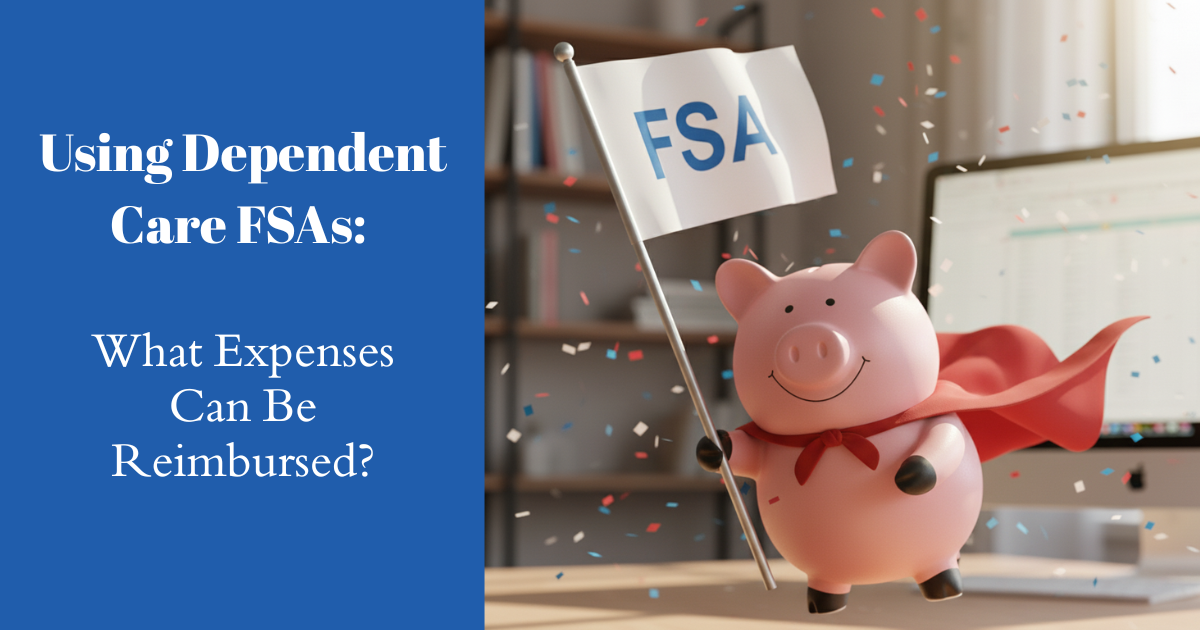
Dependent Care Flexible Spending Accounts (FSAs) are a great way to save on taxes while covering the costs of child or dependent care needed to work. With contribution limits increasing in 2026, now is a good time to review what’s eligible—and what’s not.
Beginning January 1, 2026, the maximum annual contribution limit for dependent care FSAs increases to $7,500 (or $3,750 for married individuals filing separately). This change offers employees more tax-free savings opportunities to offset rising care costs.
Dependent care FSAs—also known as dependent care assistance programs (DCAPs)—allow employees to set aside pre-tax dollars from their paychecks to pay for work-related dependent care expenses. Employers can also contribute, subject to nondiscrimination rules.
To qualify for reimbursement, an expense must:
A “qualifying individual” can include:
Note: The dependent must live with you for more than half of the year. Generally, noncustodial parents cannot claim expenses for dependent care FSA reimbursement.
Eligible expenses are those directly related to care—not education, meals, or entertainment. Here are some examples:
✅ Eligible Expenses
🚫 Not Eligible
Dependent care expenses must be incurred to allow you—and your spouse, if applicable—to be gainfully employed. That includes working full-time, part-time, or actively seeking work. Spouses who are full-time students or incapable of self-care are considered gainfully employed for this purpose.
Employers offering dependent care FSAs must have a written plan that defines eligible expenses, communicates participation terms, and ensures claims are properly verified. A clear plan protects both the company and employees while maximizing the program’s tax advantages.
Dependent Care FSAs are a valuable benefit that can significantly reduce taxable income and ease the financial strain of dependent care. Understanding which expenses qualify—and keeping good records—ensures employees get the most from their accounts while staying compliant with IRS rules.
